
The past decade has been revolutionizing in terms of workplace design and in the next decade, the office of tomorrow will continue to change and be more agile. Baby Boomers will be on their way out of the working population and by 2030, millennials will make up for 75%. They will be the business leaders and decision-makers, which will bring a significant change in the idea of an office. Gen Z will also be a significant part of the working population. The future of office design will have to cater to the needs and aspirations of the younger generations.
So where do we go from here? And what will workspace designers consider when creating the offices for the next decade? Here's looking at the influencing factors in office design for years to come.
Sustainability and circular design
For years, the construction industry has followed a linear model with materials sourced, manufactured, used and then thrown away. With the global demand for resources surging, raw materials becoming harder to extract and the threats of climate change increasing, this status quo cannot hold.
The circular design model offers an alternative, more sustainable approach, prioritizing the retention and refurbishment of buildings over demolition, and designing for the separation and reuse of materials. Hence, companies having sustainable and recyclable products will get preference by buyers and influencers.

Data-enabled collaboration and customization
There's a growing need for flexible workplaces designed to bridge the gap between New-age and more traditional workspaces. The shift to more agile working is influencing the design of the future office, where a range of formal and informal areas for meeting and collaborative work are interspersed with quieter areas, providing a wide variety of task-specific workspaces.
In the future, sensors in workplace furniture, fittings, and equipment will help offices to adapt to their users' needs, for example through learning and responding to people's individual preferences.
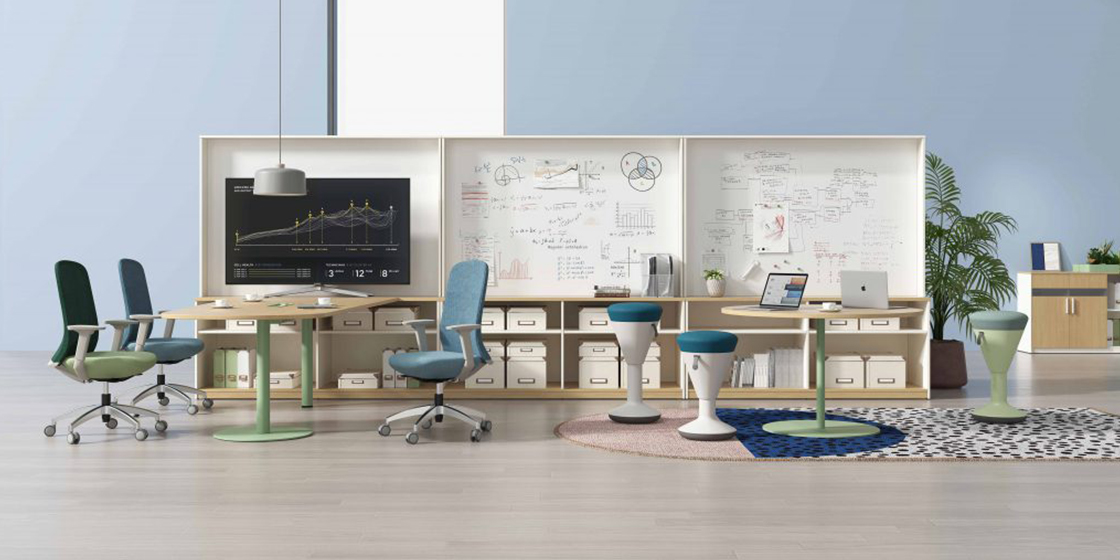
Millennials will be in the hot seat
Millennial leadership and technology integration will have a radical effect on the composition of the workplace. They will be 75% of the workforce from the current state of 35% and will increasingly be assuming leadership positions. They are digital natives and agile workers who value engagement and creativity in their work environment. Offices of the future will be a purpose-driven work environment that needs to deliver on the needs of our future leaders by optimizing spaces that support activity-based working, intuitive technology and collaboration.
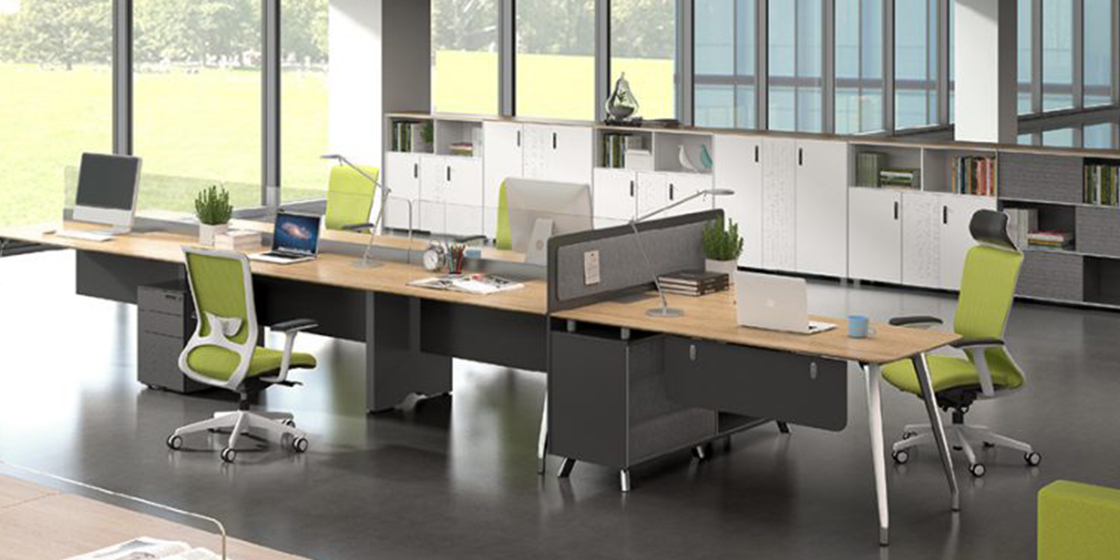
Co-Working will be the norm
The co-working environment will continue to thrive. Today, this office style is used not just by small start-ups, but also established businesses who enjoy and promote the flexibility and convenience that shared office spaces allow. Expect the millennial generation to crave community and a group of like-minded people that challenge and support them to do their best. As this style of working becomes the new norm, this will make the internal company culture that much more important.
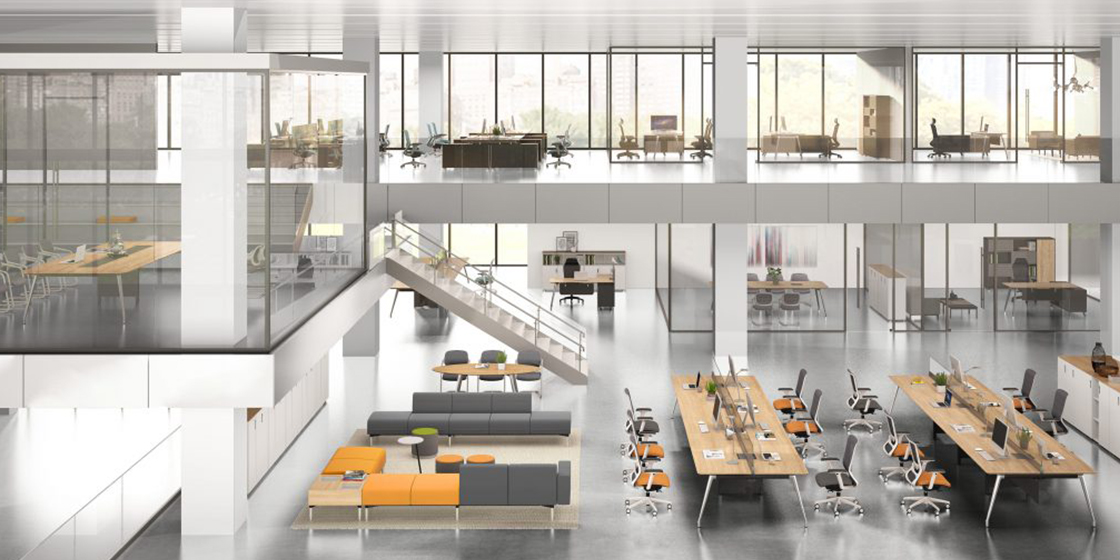
The future is all about well-being
With the latest research showcasing the dangers of sitting, our offices of the future will place an even bigger emphasis on employee health. For instance, sit-stand desks will be the new norm and not just a specialized facility like today. This trend can definitely cater to flexible and changing workforces, where a desk per person may not be required. With the continued prevalence of smart technology, we might even see real-time health monitoring to further optimize our health both inside and outside of the office.
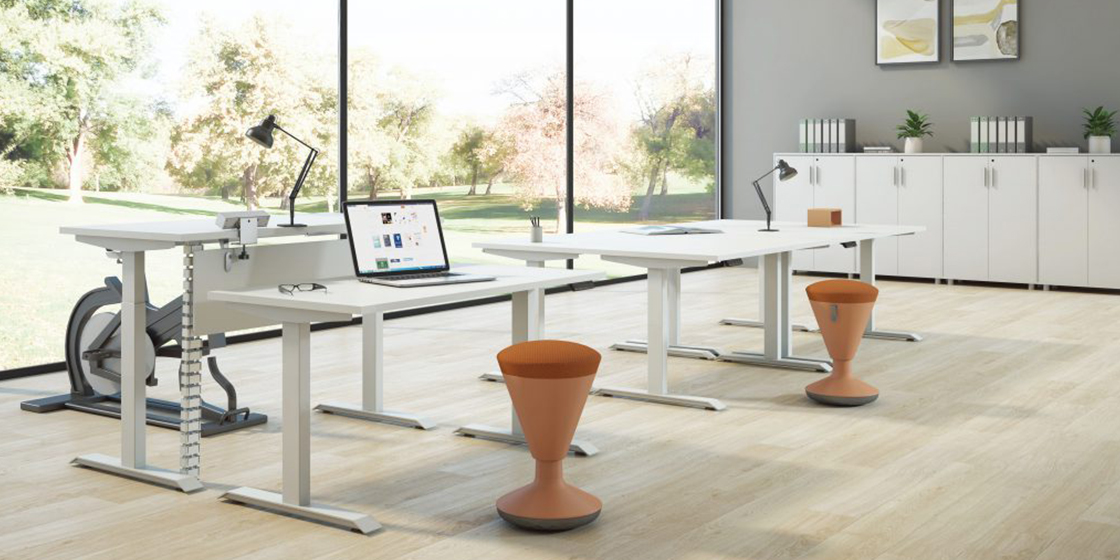
The blurred line between home and work
Offices will turn into 'living' offices which incorporate living room and lounge-like spaces into their layouts and this trend is only expected to expand. Expect the need for fixed seating to be reduced with offices instead of offering employees a wide variety of highly connected workspaces they can move between depending on their activity. The focus will be on leveraging technology to provide comfortable, home-like atmospheres within the office will play a critical role in recruiting future talent. It's clear that the line between “the office” and home will only continue to blur for the foreseeable future.
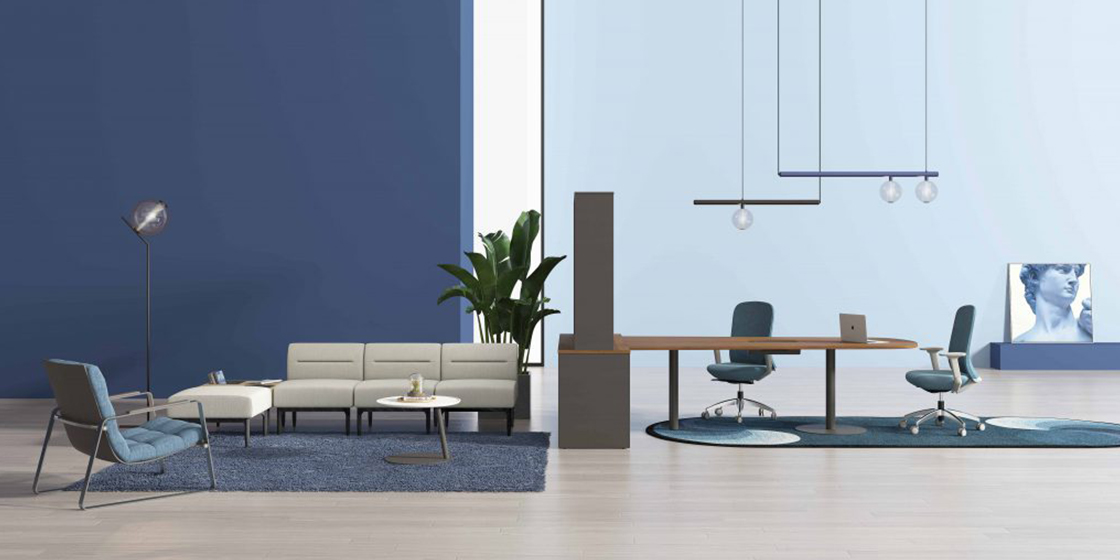
At the end of the day, we will have to wait until 2030 to know for sure what the future office will be like. One thing for certain is that it will be quite different from the office we know today. Whichever way it goes, careful consideration needs to be given to the overall environment, color scheme, furniture & fittings and above all the acoustic signature of the environment.
Click here to learn about 15 tips by Sunon, to create the office of tomorrow.